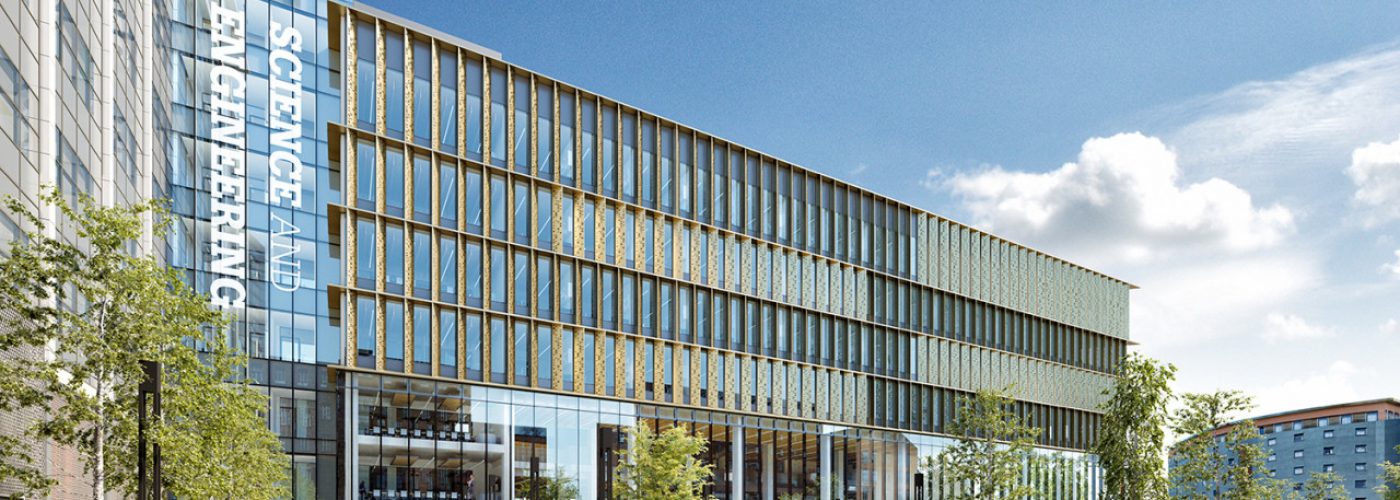Plans have been put forward for a major new science and engineering building at Manchester Metropolitan University. This project would see the existing John Dalton West building demolished and a new, seven-storey academic building constructed in its place.
The development would deliver new teaching spaces for the Faculty of Science and Engineering, as well as cutting-edge laboratories, academic offices, social learning areas and a new energy centre. Further works will see the current John Dalton Tower refurbished and connected to the development, along with the creation of new pedestrian routes across the site.
Professor Andrew Gibson, Pro-Vice-Chancellor of the Faculty of Science and Engineering at Manchester Metropolitan, said: “The new building represents our ambition as a faculty and will help us to drive new scientific discovery that will benefit our students, the region and the economy.
“The development will help the University to continue its role in nurturing innovation in critical research to tackle the challenges of tomorrow, including hydrogen fuel cell technology, Industry 4.0 technologies, sport and healthcare science, and supporting a sustainable society.”
National planning and development consultancy Turley is providing Planning, EIA, Economics and Strategic Communications services for the project.
Anna Relph, Associate Director at Turley, added: “This is a fantastic project which we’re delighted to be part of. The University’s Faculty of Science and Engineering makes a significant contribution towards the Greater Manchester economy through its ground-breaking research and partnerships with local businesses.
“The new building will facilitate the continued growth of the faculty by providing additional state-of-the-art facilities and enhancing the efficiency of the retained estate. It will also create a new ‘gateway’ to the campus through the redevelopment of an underutilised site adjacent to the Mancunian Way.”
Manchester City Council is expected to reach a decision on the planning application by 20 March 2020.
Following approval, demolition are expected to commence at the end of 2020, and the works completed in 2023.





